Understanding Four-Point Inspections: What They Cover and Why They’re Important
By Detect and Inspect Home Inspections
If you own an older home—or you’re in the process of buying one—there’s a good chance your insurance company will request a Four-Point Inspection. Unlike a full home inspection, which covers every part of a property in detail, a Four-Point Inspection focuses only on the four major systems that most commonly cause insurance claims.
At Detect and Inspect Home Inspections, we help homeowners, buyers, and real estate professionals understand how these inspections work, what they include, and why insurance providers rely on them so heavily.
Let’s walk through exactly what a Four-Point Inspection covers and why it plays such a key role in protecting both your home and your wallet.
What are Four-Point Inspections?
A Four-Point Inspection is a specialized evaluation that concentrates on four primary components of a home:
- Roofing
- Electrical
- Plumbing
- HVAC (Heating, Ventilation, and Air Conditioning)
Insurance companies often require this inspection for homes that are 25 years or older before issuing or renewing a policy. The goal? To assess the condition of these essential systems and determine if they present a risk that could lead to an insurance claim.
Unlike a full home inspection, which gives you a comprehensive view of the entire property, a Four-Point Inspection is faster, more focused, and specifically designed to meet insurance underwriting requirements.
1. Roofing: The First Line of Defense
Your roof protects your home from water intrusion, wind, and extreme temperatures. That’s why inspectors begin here.
During your Four-Point Inspection, we evaluate:
- The age of the roof and its expected lifespan
- The material type (shingle, tile, metal, etc.)
- Any visible damage, such as missing shingles, soft spots, or patches
- Evidence of active or past leaks
- Signs of poor installation or repairs
Insurance companies often deny or cancel policies if the roof appears near the end of its life or shows signs of significant damage. We provide clear documentation so you can take action before issues become expensive.
2. Electrical System: Safety Starts Here
Faulty electrical systems lead to fires, shocks, and power failures. We thoroughly inspect your electrical system for:
- The type of wiring (copper, aluminum, cloth, knob-and-tube)
- The brand and condition of the electrical panel
- Proper grounding and bonding
- Signs of overheating, loose connections, or amateur repairs
- The overall capacity of the system
Certain outdated panels (like Zinsco or Federal Pacific) and aluminum wiring raise major concerns for insurers. We identify these high-risk elements, so you can repair or replace them before applying for coverage.
3. Plumbing System: Preventing Water Damage
A single plumbing issue can cause extensive damage in minutes. During a Four-Point Inspection, we assess:
- The type of plumbing material (copper, CPVC, galvanized steel, polybutylene, etc.)
- The age of the water heater
- Signs of active leaks or corrosion
- Water pressure and flow quality
- Proper installation of visible piping
Polybutylene pipes, in particular, often result in insurance denial due to their history of failure. We’ll let you know exactly what’s running through your walls—and whether it poses a problem.
4. HVAC System: Keeping Your Home Comfortable and Safe
Next, we move on to your heating and cooling system. Even if your AC works fine today, insurers want assurance that your system is safe and in reasonable working condition.
Our HVAC inspection includes:
- System age and model type
- Functional testing of heating and cooling
- Duct condition and insulation (if visible)
- Any signs of leaks, damage, or missing components
- Clearances and electrical safety checks
If the system doesn’t heat or cool the home adequately, or if components are missing or damaged, your insurer may require service before issuing coverage.
Why Do Insurance Companies Require Four-Point Inspections?
Insurance companies exist to manage risk—and older homes carry more of it. When a house approaches 25 years or more, the likelihood of outdated systems, wear and tear, or past repairs increases dramatically.
A Four-Point Inspection gives insurers a snapshot of the home’s four most critical systems. Based on the results, they decide whether:
- The home qualifies for a new or renewed policy
- Specific upgrades or repairs are required first
- Premiums need adjusting based on system age or condition
Insurers use this information to limit liability—but the homeowner also benefits. The inspection may uncover issues you didn’t know existed, allowing you to address them proactively.
What’s the Difference Between a Four-Point and a Full Home Inspection?
Here’s the breakdown:
| Feature | Four-Point Inspection | Full Home Inspection |
|---|---|---|
| Focus Areas | Roof, Electrical, Plumbing, HVAC | Entire home (foundation, structure, insulation, windows, more) |
| Purpose | Insurance approval | Buyer protection or detailed condition review |
| Required by | Insurance companies | Buyers, sellers, or homeowners |
| Time Required | 30–60 minutes | 2–4 hours |
| Report Detail | Basic condition overview | In-depth analysis with photos and recommendations |
If you’re buying a home, we recommend getting both inspections. A full home inspection protects your investment, while a Four-Point Inspection satisfies your insurance carrier.
When Should You Schedule Four-Point Inspections?
You should schedule a Four-Point Inspection when:
- You’re buying a home that’s 25 years old or older
- Your insurance company requests it during a renewal
- You’re switching to a new insurance provider
- You want to know if your home meets underwriting requirements
Scheduling early gives you time to make any necessary updates before applying for coverage.
